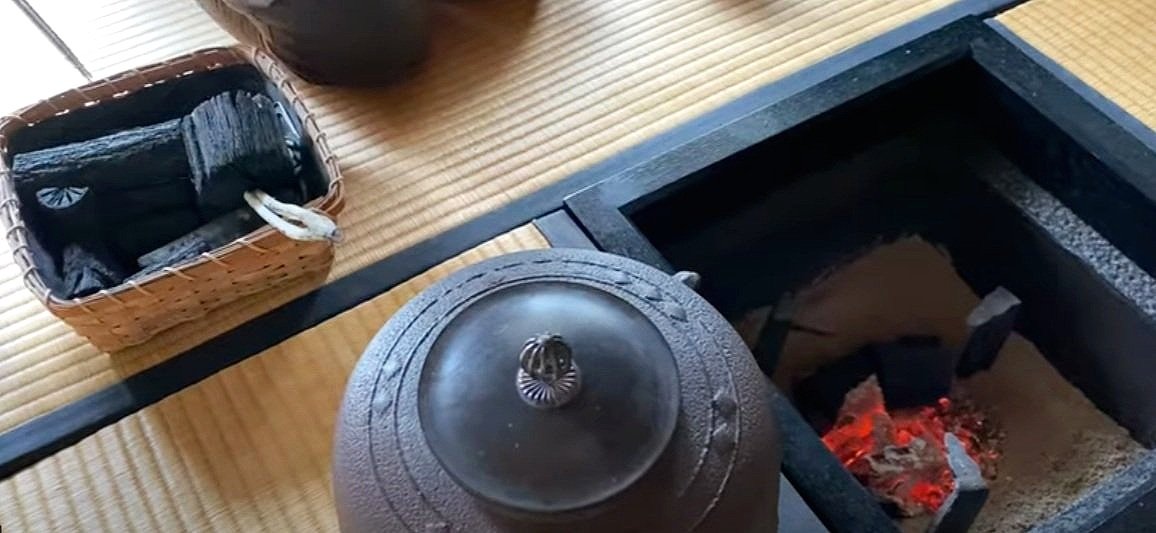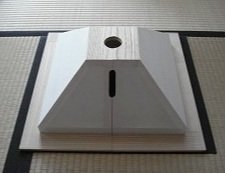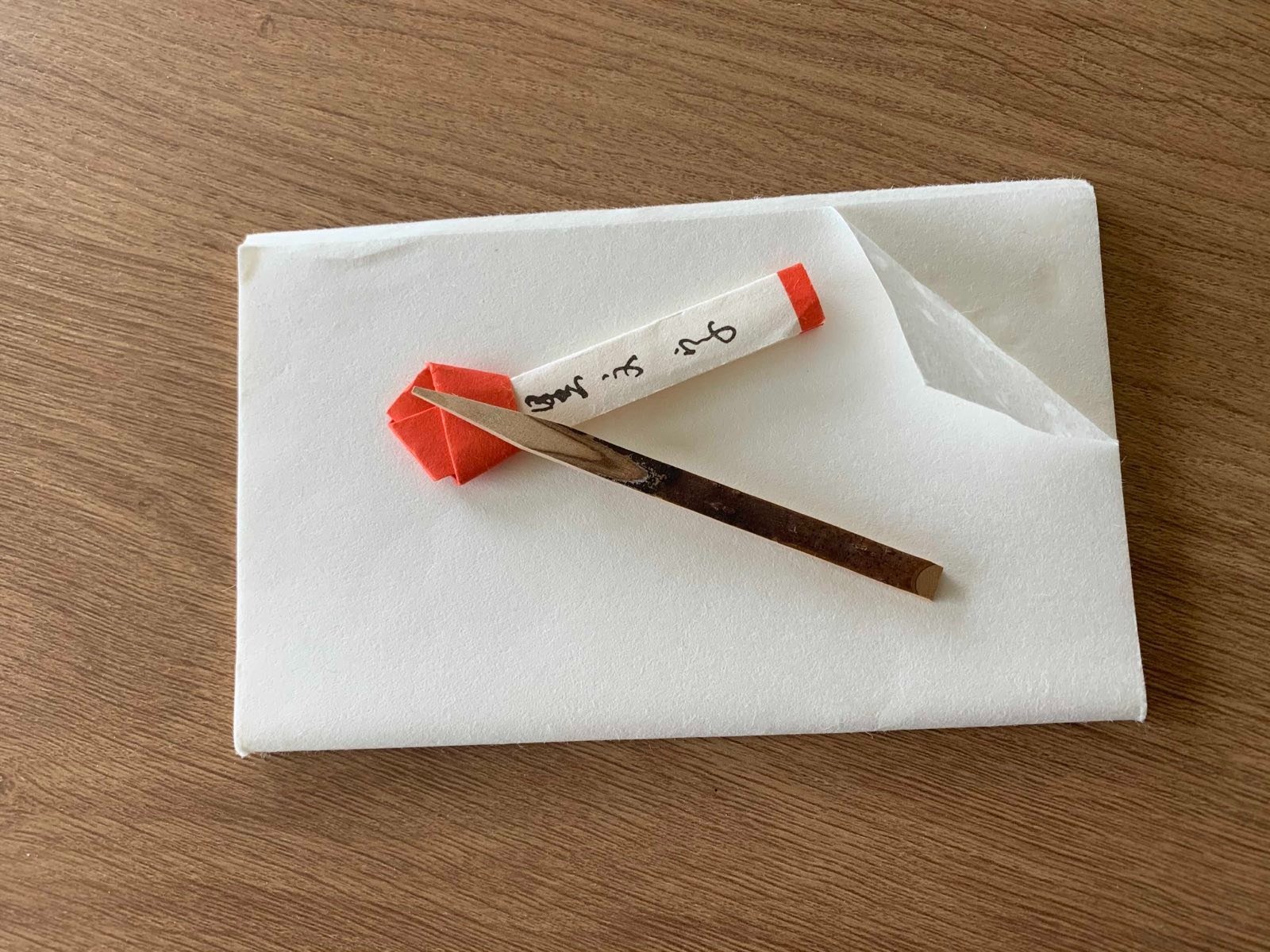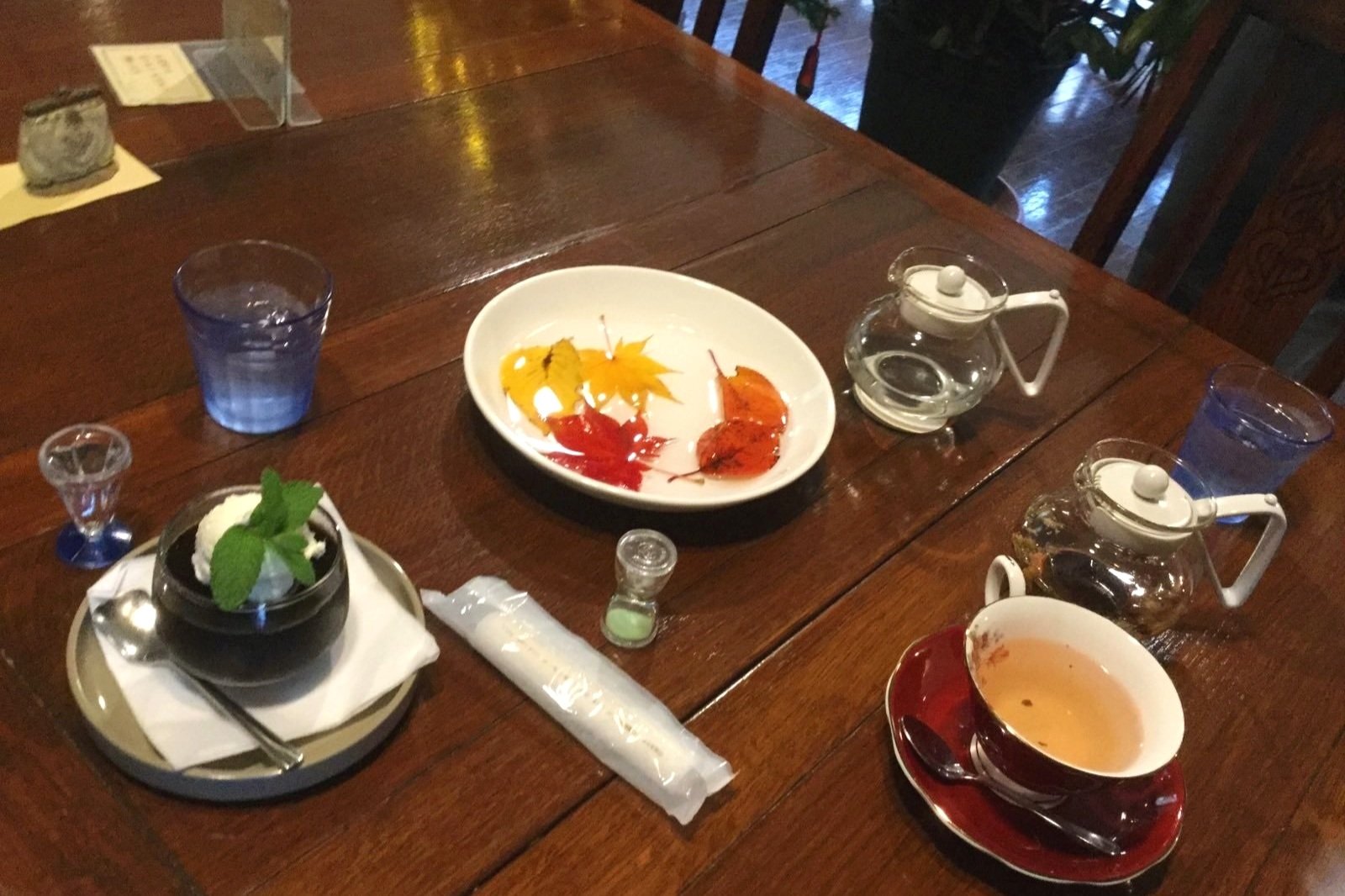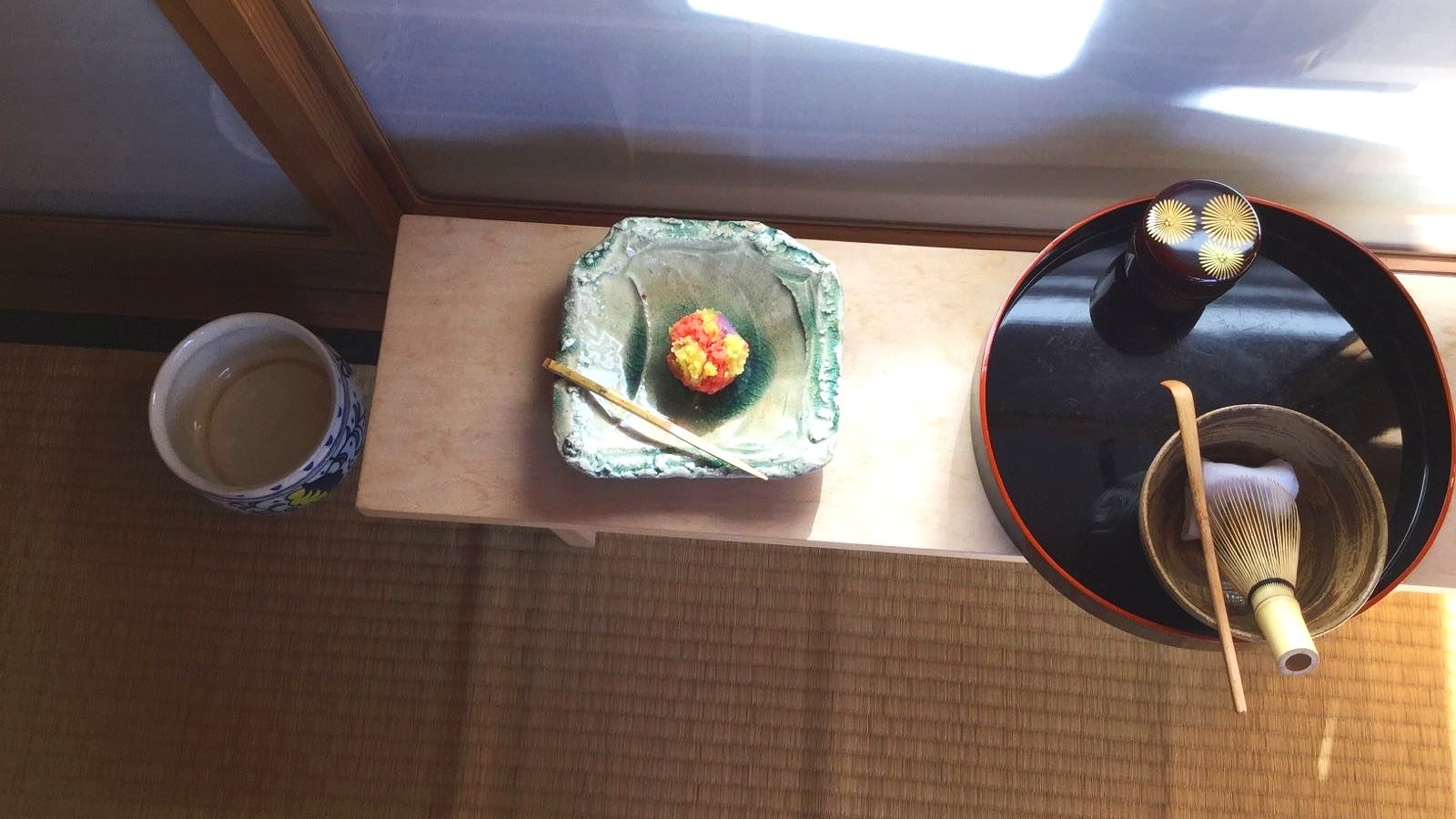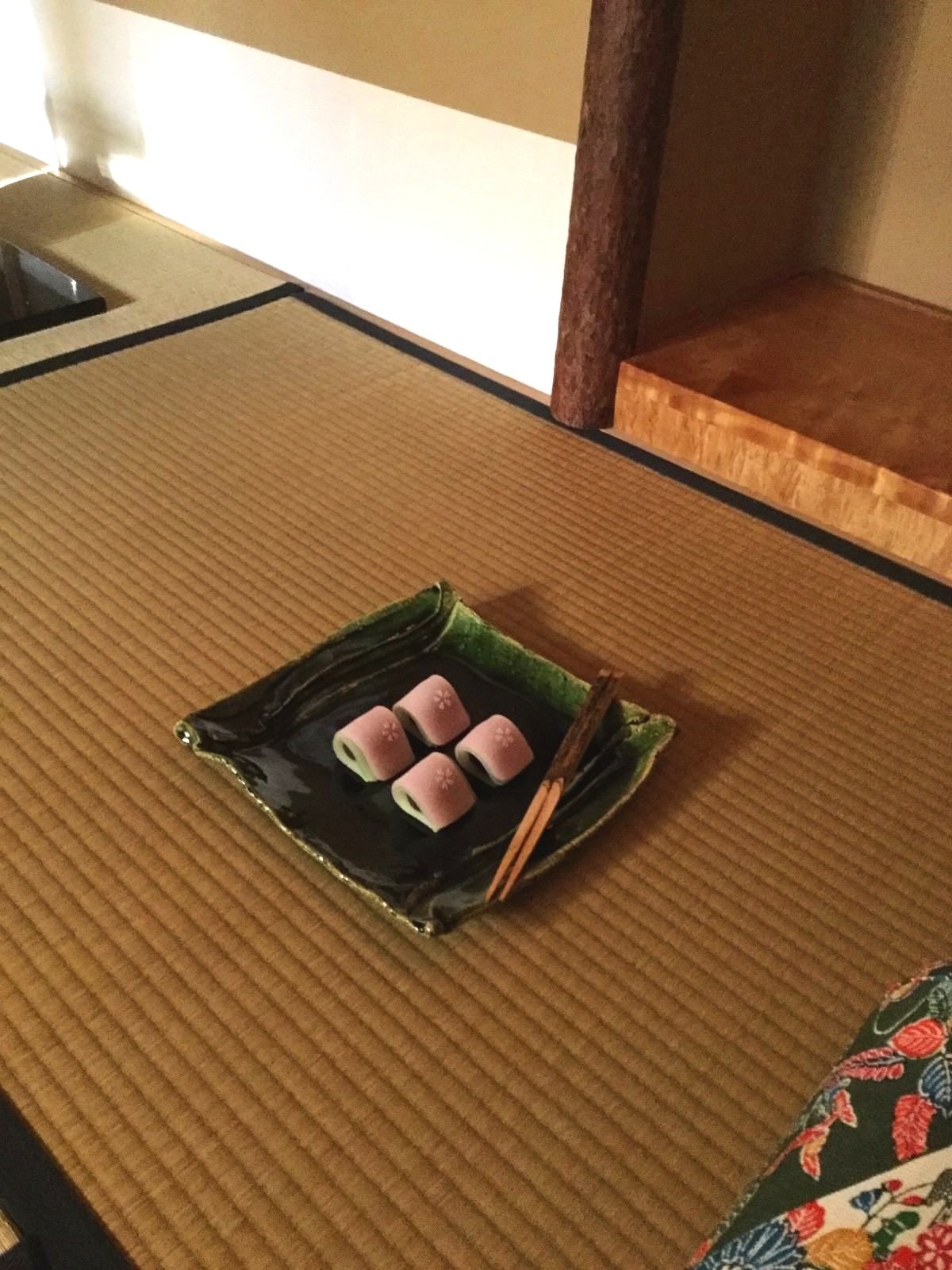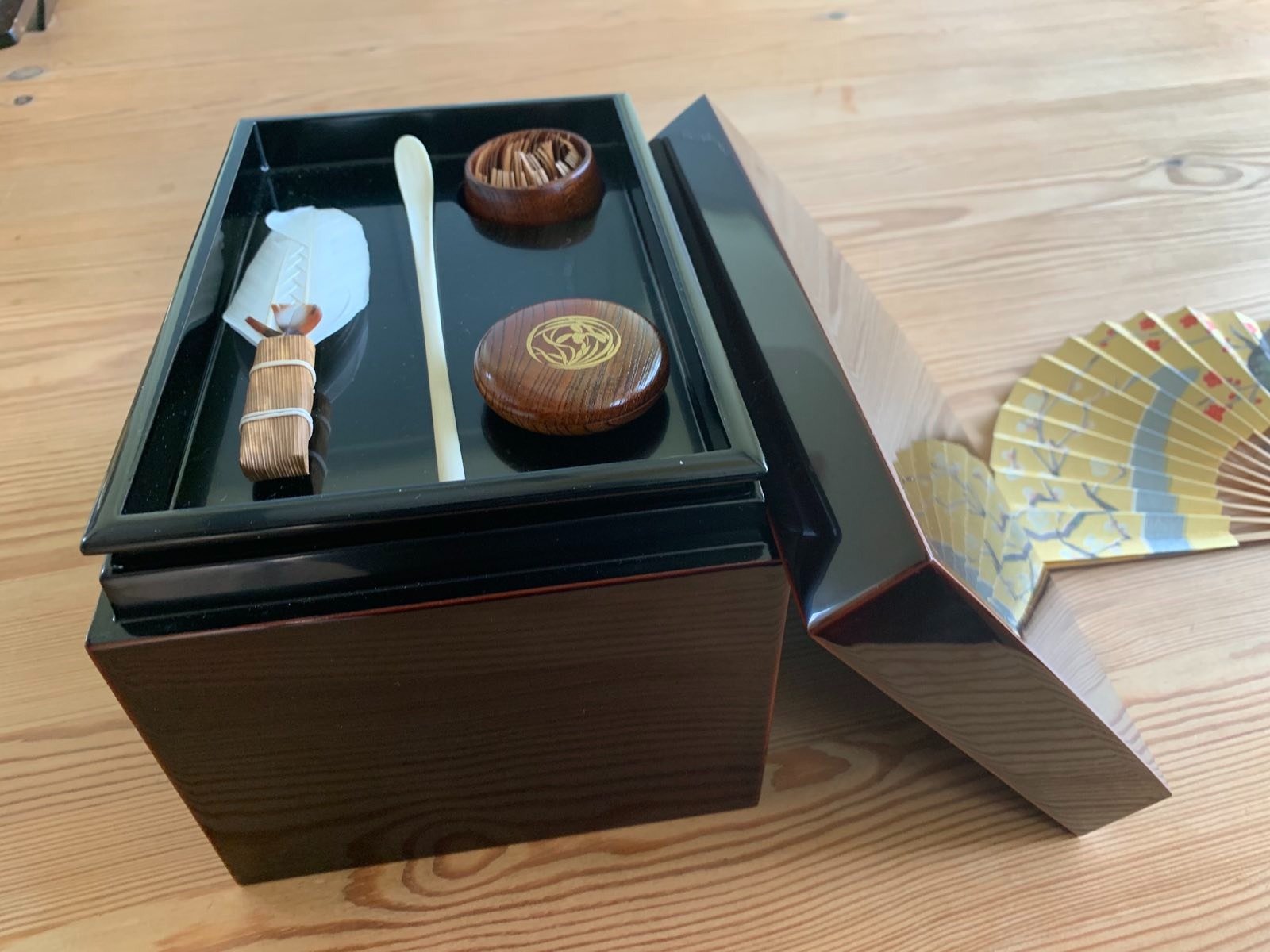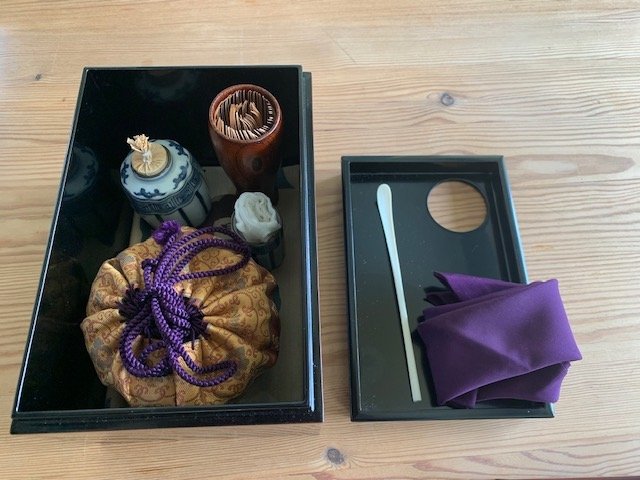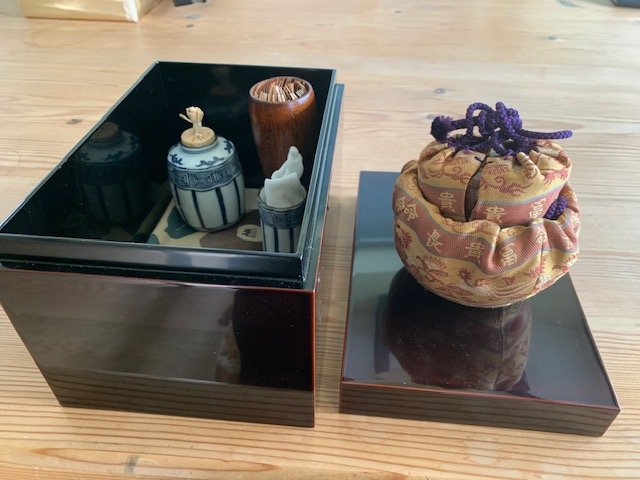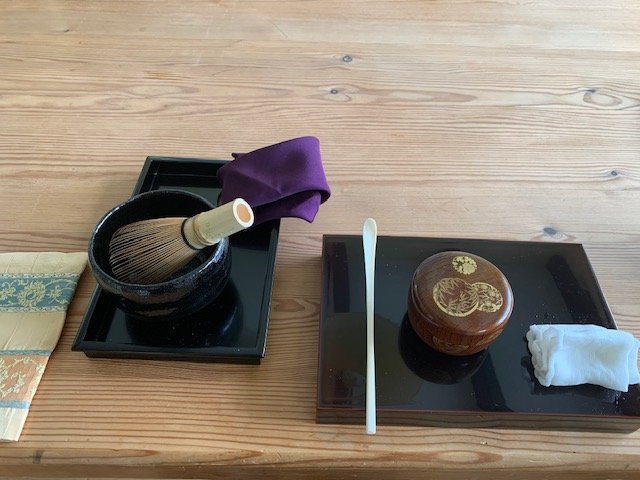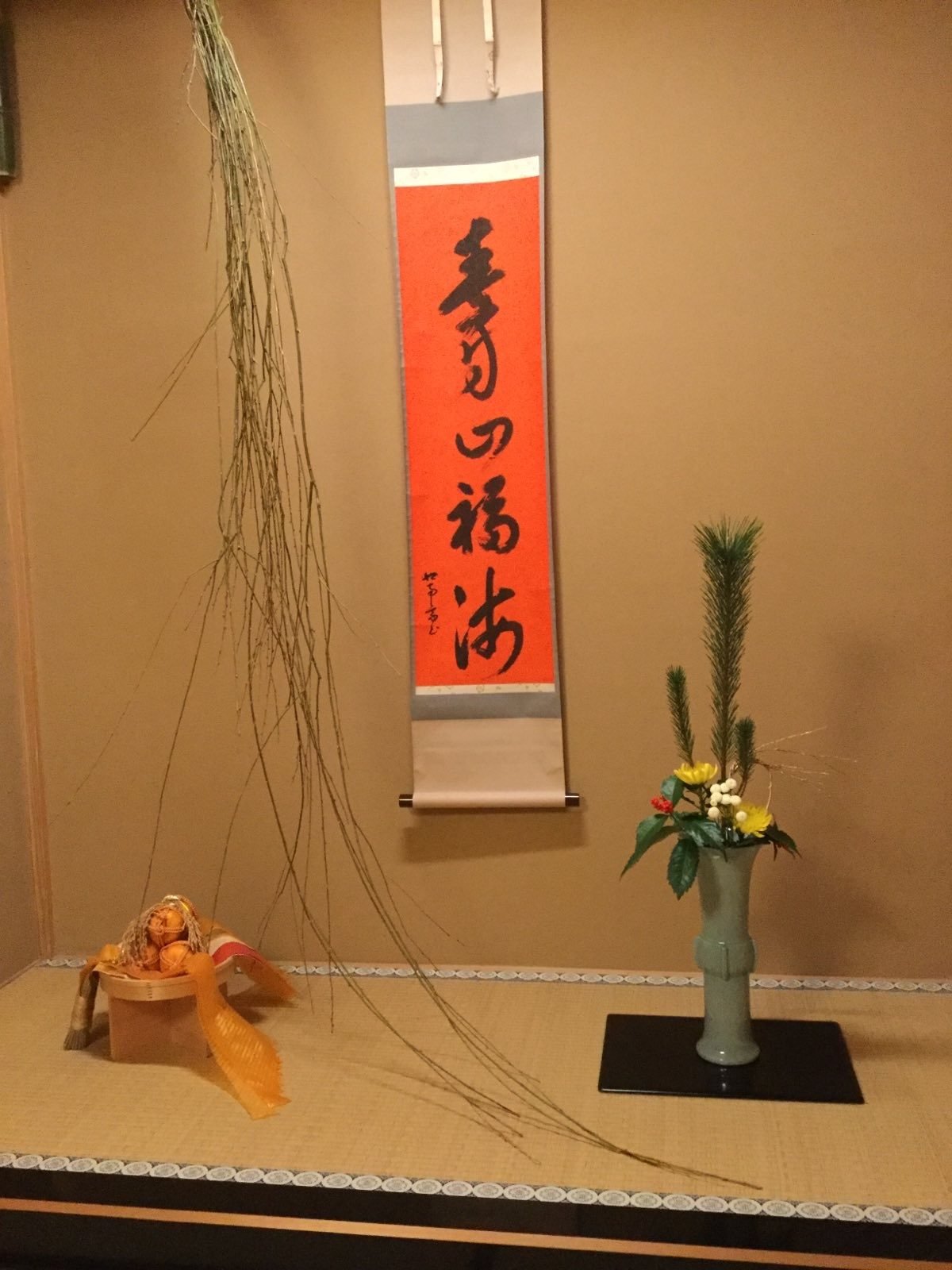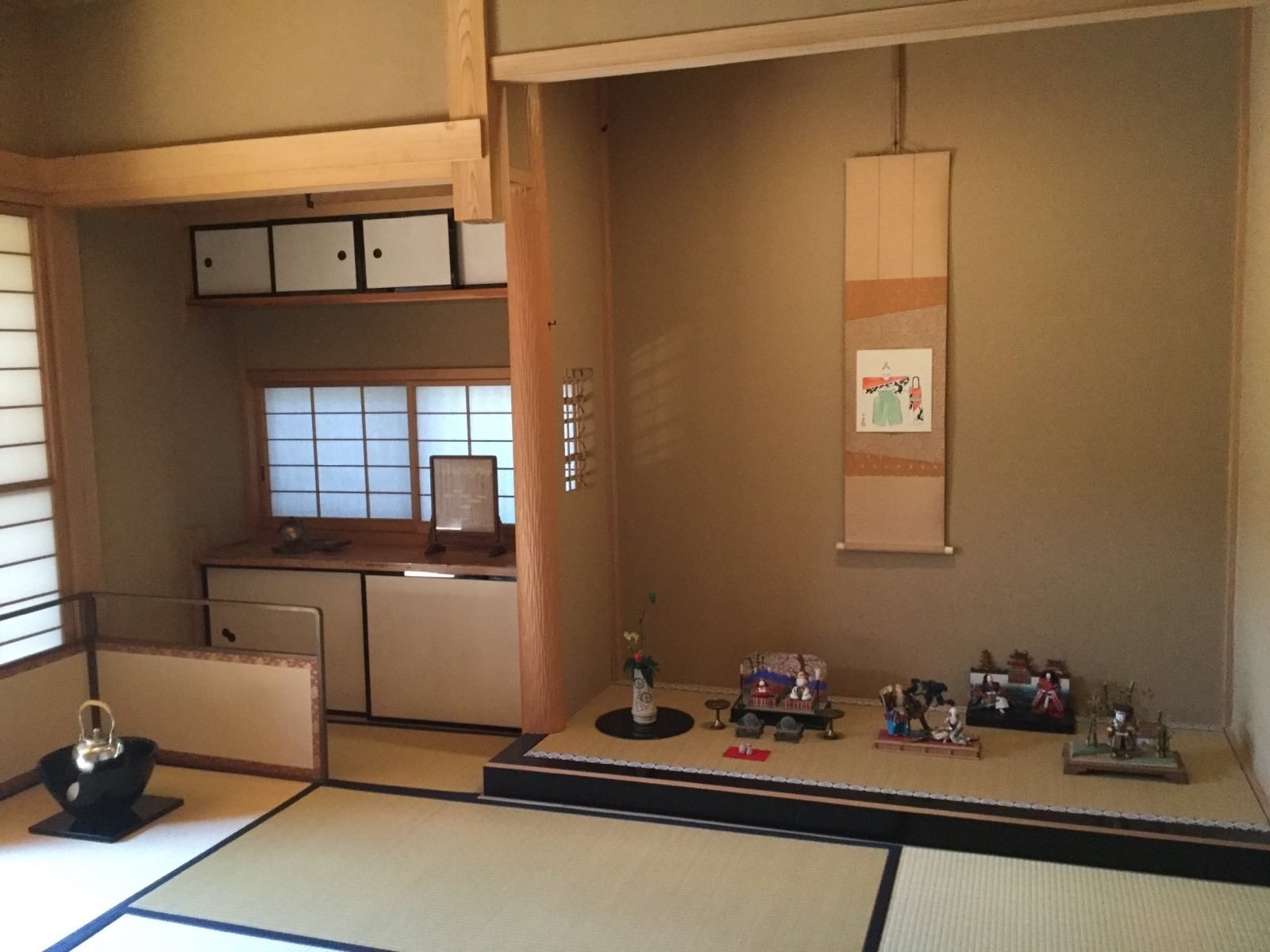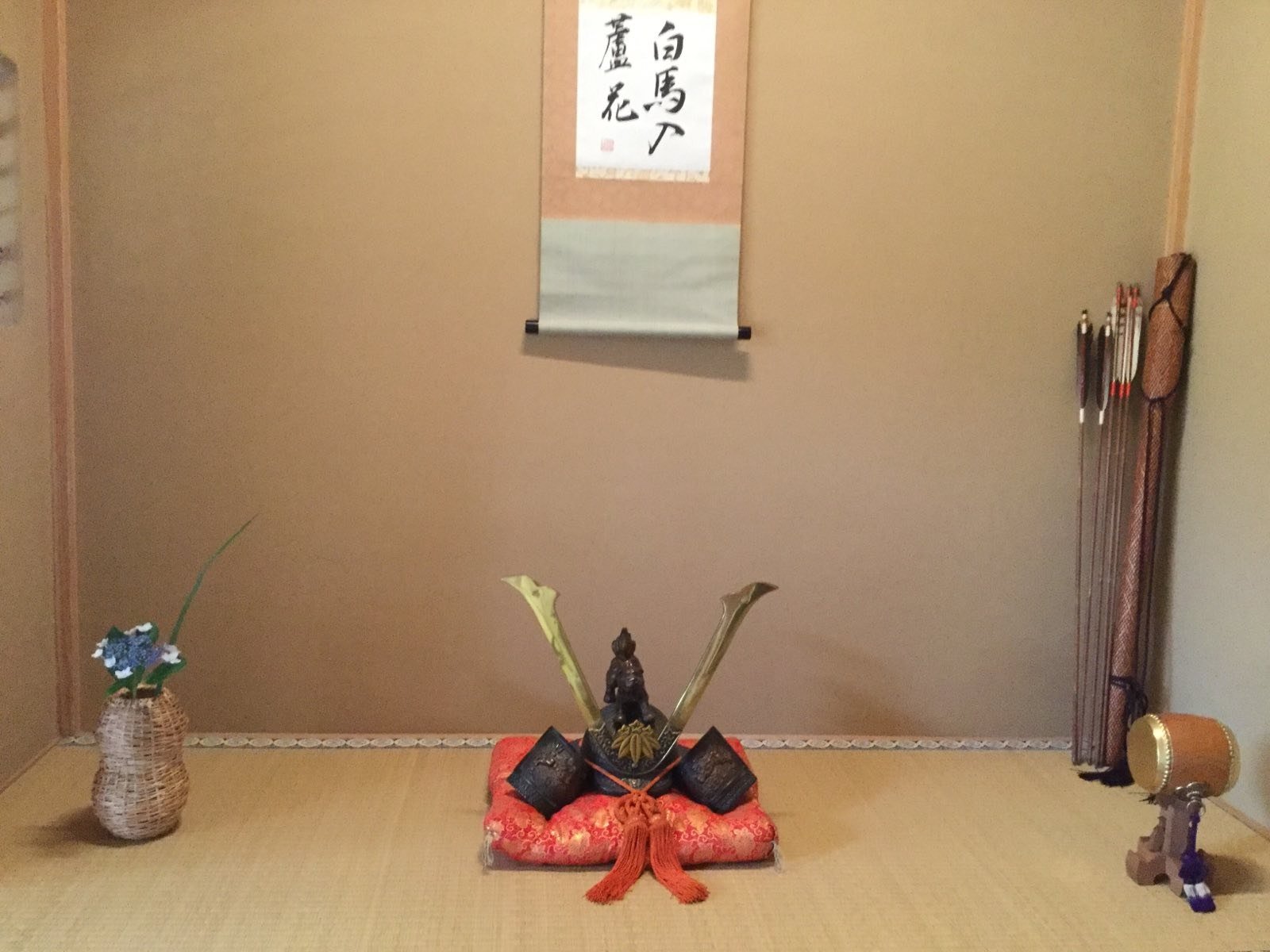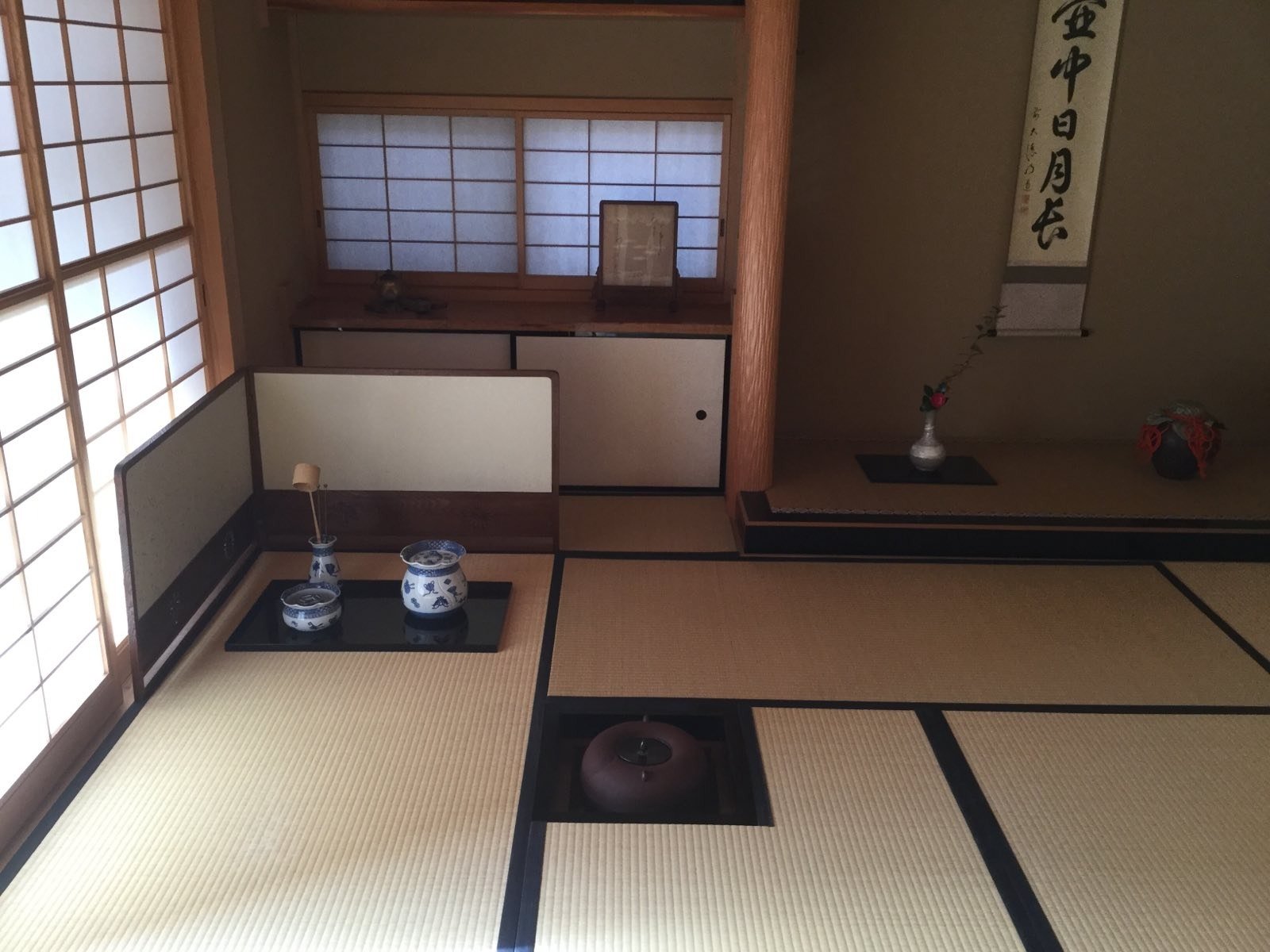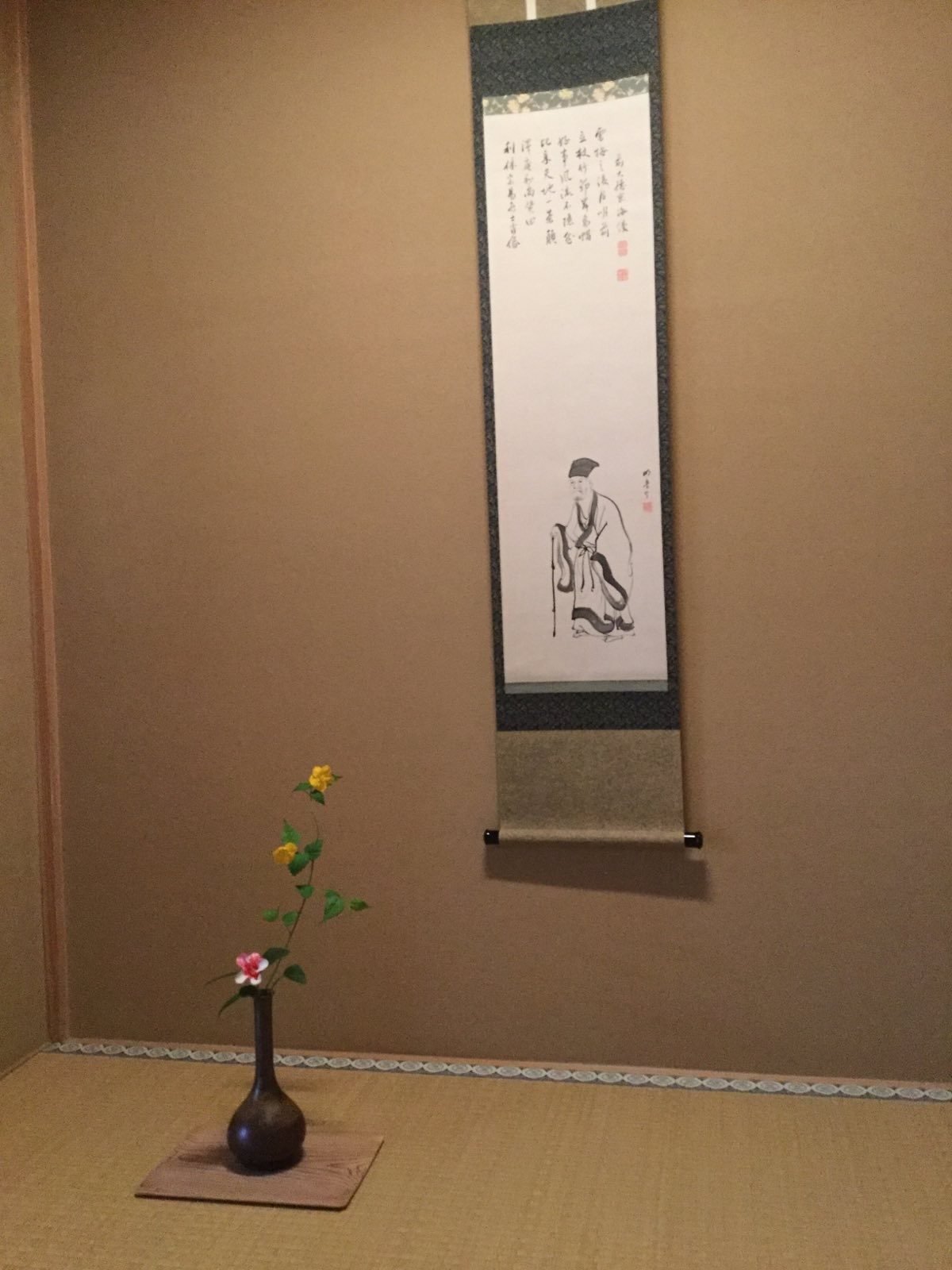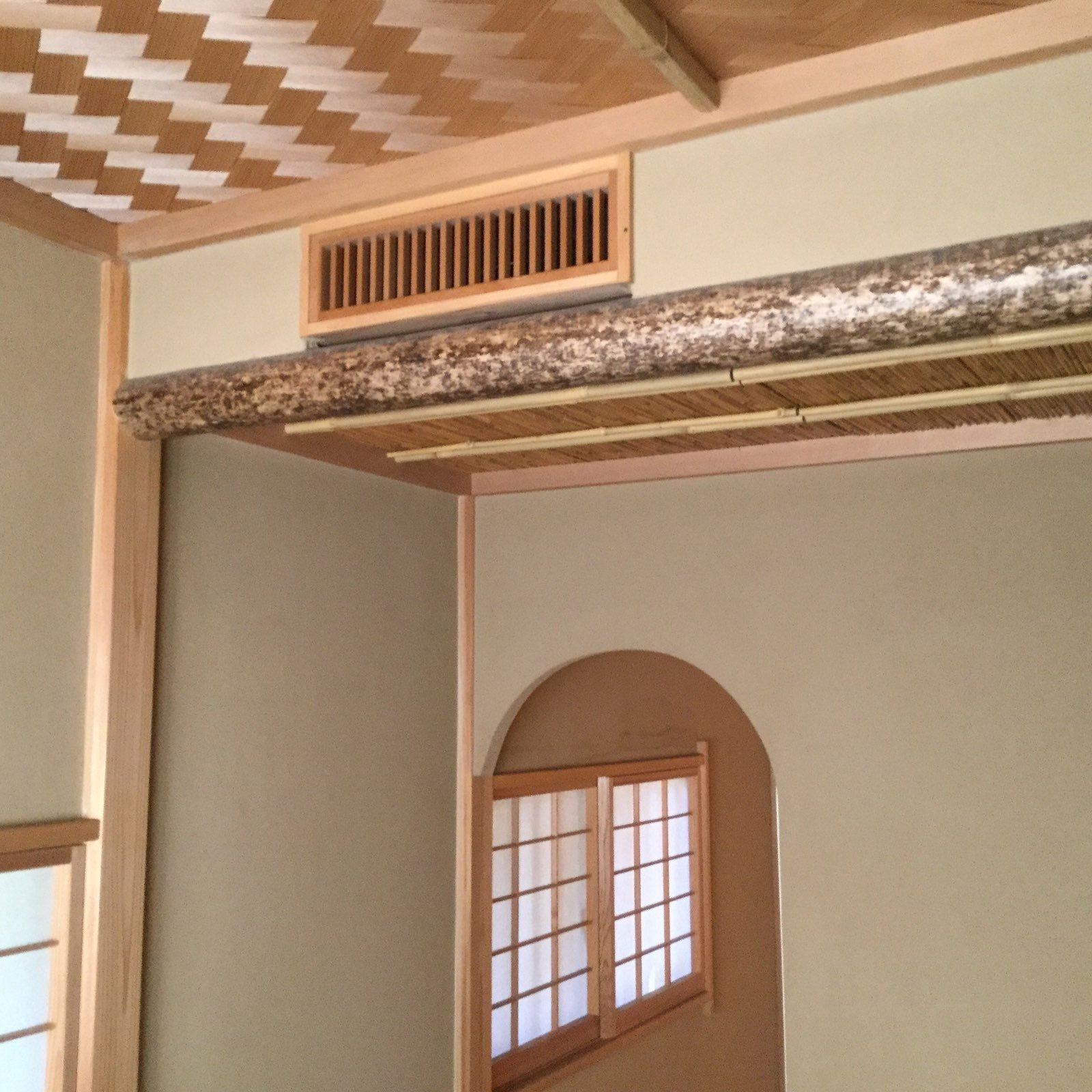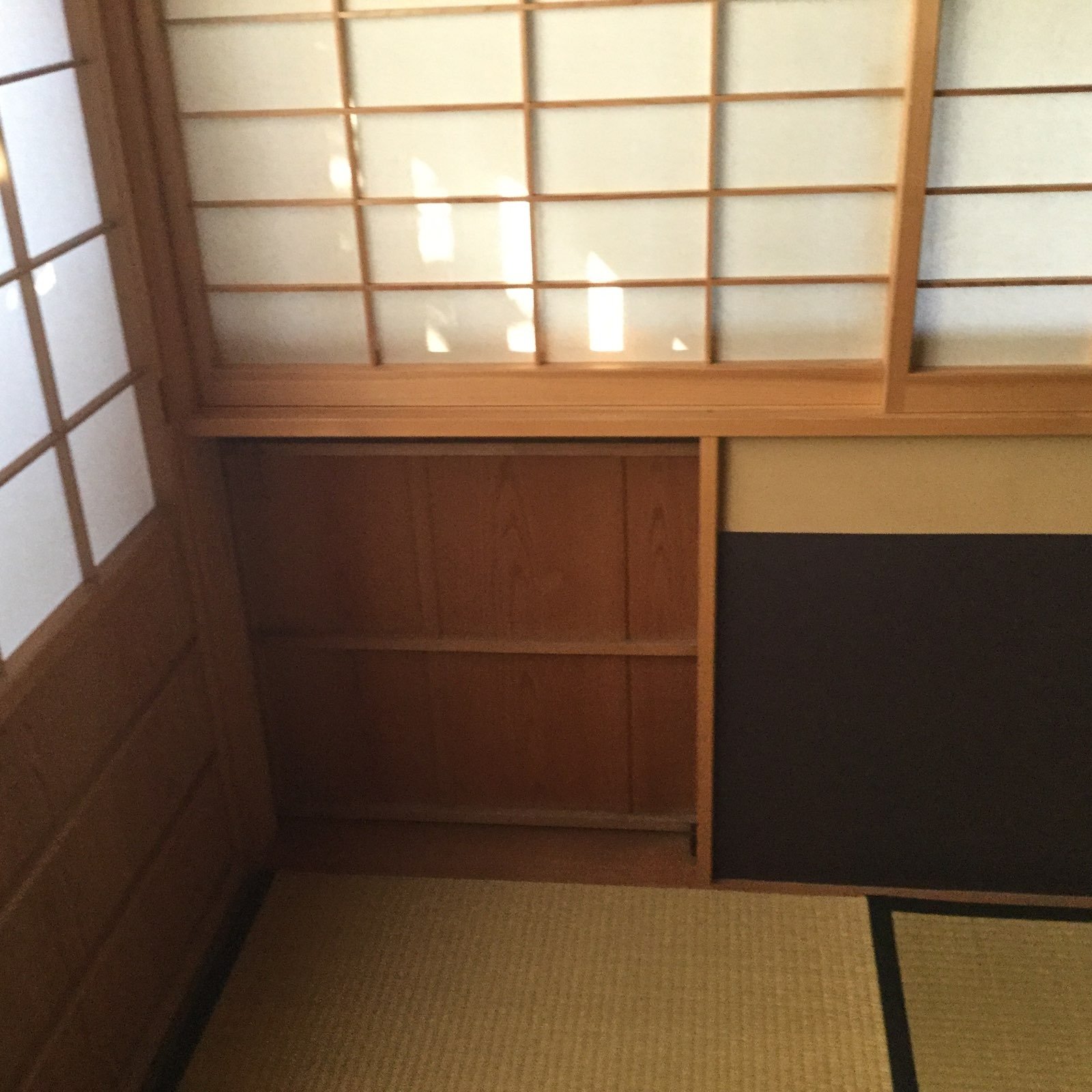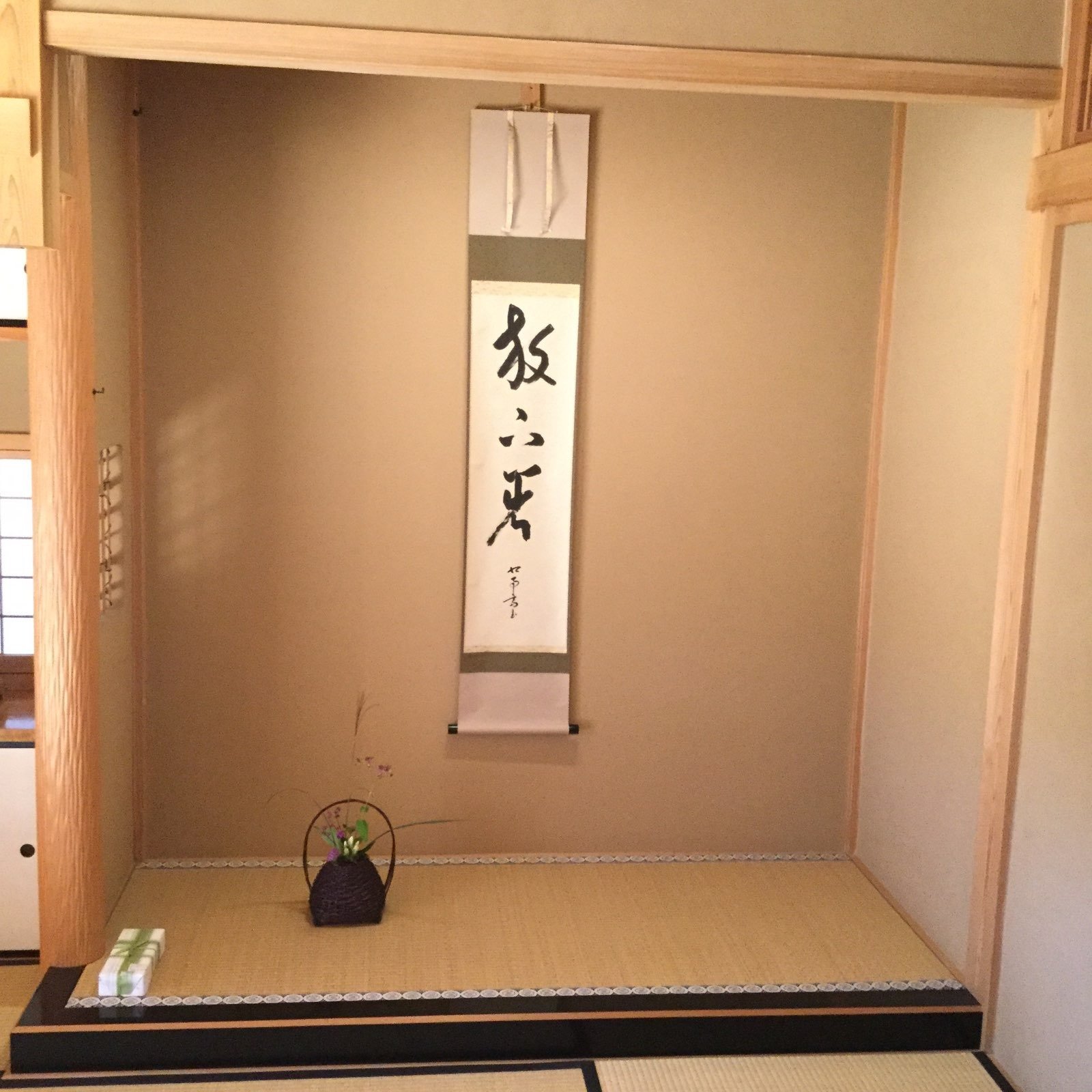The Art of The Tea Ceremony
Before electricity and gas, there was a very tranquil civilization… and this tradition is still being carried on in Japan.
Ancient Wisdom
For about four years, I had a spell of visiting Japan very regularly. I was blessed to be able to have some lessons in Tea Ceremony from my old classmate who turned out to be a Master of Tea Ceremony.
Some of you may wonder, how could making a cup of tea could be an art? This ancient culture was established as ‘Way’ or ‘Dao’ (道) in the 16th century, and ‘Tea Ceremony’ in the Japanese language literally means the ‘Way of Tea’ or ‘Sadoh’ (茶道). Basically this is all about pouring hot water over powdered tea buds and whisking it with a bamboo whisk in a ceramic bowl. However, every single movement is laid out, from the way of walking into the room to wiping the tray, cleaning the cup, offering sweets, serving tea, washing the cup, and putting the tools away. Once you master the flow of those movements, everything become automatic and your mind can be quite ‘empty’.
At the same time, you are trained to be a host and consider the guests wholeheartedly. There would be a harmony between the host and the guests, and any negative elements such as gossiping or saying ill of others are non existent in the environment. There are elements of performing arts and meditation.
The above photo is a screen shot from a short YouTube video (just under 4 minutes) which shows a procedure of Tea Ceremony from the preparation stage. When I had a lesson in the autumn, I had a chance to observe how to prepare fire and boil the water in a heavy iron pot.
My teacher explained to me that the way the charcoals are to be arranged changes, depending on the season (Of course, every single manner to arrange the charcoal are pre-determined, and we, the learners, just work hard to master it). When it is cold, you put the charcoals closer to each other, and when it is warm, you put the charcoals apart - how clever! So we can control the temperature, just like turning the gas up and down.
There was another “genius” idea. The left-hand photo above is an intriguing gadget. When the guests are arriving later than expected, you don’t want the charcoals to be burned out before they arrive. By shutting down a great deal of oxygen, the fire would last longer. You just take this lid off when the guests arrive. (The photo is a screen shot from a Japanese blog.)
And the right-hand photo shows something equivalent to a fork and a plate. Each guest is expected to bring their own folded paper and the wooden stick. If you are a guest, you put the sweets on the paper and eat with the wooden stick. After you drink tea, using your thumb and index-finger, you wipe the cup where your lips touched, and you wipe your fingers in the corner of the paper. After the session, you just discard the outer layer of the paper. Then the next outer layer would be a new plate for the next session. No washing up for the host after the guests went home!
Reflecting the Four seasons
Tea is rather bitter, so guests are offered sweets before the tea is made. Some sweets are dry. The top image of this blog shows spring time sweets. The far left photo below shows sweets which were offered to me in the autumn. When I visited northern Japan, a local Western café served us a plate with actual maple leaves floating in a water. I could not help but take a photo. The spirit of capturing the seasonal beauty of nature could be found in many occasions in Japan. These dried sweets are basically sugar based. The two right-hand photos below show soft sweets. You need wooden stick to eat them. The sweets in the second from the right photo is shaped like a bunch of chrysanthemum flowers reflecting the autumn season. The four sweets on the far right photo bear the cherry blossom pattern, so they must be for the spring. These are sugar and bean based and you need a wooden stick to eat them. You see a pair of wooden chopsticks on the right-hand photo; this is because they are about to serve four guests one by one. Each guest uses the chopsticks provided to put one piece of the sweets onto their own folded paper.
A Box for Tea making tools
When my mother in Japan was admitted to a care home, I was left to clear her house. She was learning the Tea Ceremony from her next door neighbour and used to purchase bits and pieces. Among them was a lacquered box with tea making tools neatly arranged called ‘Cha-bako’ (茶箱). I thought if I bring this box back to the UK, I can practice this tradition, but I didn’t know how to use them. This is how I started to take lessons whenever I could.
I specially like this bamboo whisker. It is nicely fitted in a wooden tube.
When you open the box, you see only the top of it (See the far left photo out of the four).
When I use it, I just push my finger at the bottom of the tube and it comes out nicely. When putting away, just put your palm over the whisk and it snuggles into the tube. It gives a smooth movement and very soothing to handle.
The Life-Changing Magic of Tidying
This is a book title by Marie Kondo. If you google this title, you will see many links with different prices, i.e. it’s easy to get a copy (published by Vermilion). There are lots of tips on getting rid of things and tidying up your wardrobes, etc. Her idea ‘MariKon method’ worked on me straight away. Also I found two sections in the book reflect the spirit of Tea Ceremony.
You only need to designate a spot for every item once. Try it. You’ll be amazed at the results. No longer will you buy more than you need. No longer will the things you own continue to accumulate. In fact, your stock will decrease. The essence of effective storage is this: designate a spot for every last thing you own. If you ignore this basic principle and start experimenting with the vast range of storage ideas being promoted, you will be sorry. (p.154)
MariKon is guiding us to keep the things you feel excited about and discard the rest to create a happy environment. This quotation is a part of the tip in Chapter 4 in the book, however, this is exactly the message I got from the ancient Japanese through learning how to use the box with the Tea Ceremony tools. It is a simple act of taking the tools from the box and putting them away, but one has to use the exact spot, in the exact order, in the exact manner. When I was taking lessons in Japan, my life consisted of packing and unpacking my suitcase in a limited time, and quite often I felt pressure. Since I have taken the lessons, I feel much calm, knowing everything will be put away exactly where it should be.
Treasuring the Unrepeatable nature of a moment
I just found a Wikipedia definition of Ichi-go ichi-e (一期一会)which is the title of this section. It literally means “one time, one meeting”.
Again MariKon is expressing this spirit of Tea Ceremony so well.
When examined carefully, the fate that links us to the things we own is quite amazing. Take just one shirt, for example. Even it was mass-produced in a factory, that particular shirt that you bought and brought home on that particular day is unique to you. The destiny that led us to each one of our possessions is just as precious and sacred as the destiny that connected us with the people in our lives. There is a reason why each one of your belongings came to you…(pp.222-223)
In Tea Ceremony, after having a cup of tea, we examine each bowl you drank from, and the tea caddy and the bamboo tea spoon the host used. The host explains where they come from such as its age, the artist, the area produced, and the meaning of a particular pattern on the ceramic bowl, etc. A bamboo tea spoon could be hand-curved personally by the head of the main family of the school in our previous generation (priceless!). When I came across this “explanation” session, I was astonished about the knowledge my teacher displayed, but I just took it very superficially. I thought perhaps we do this so that we won’t gossip about others, and also keep the knowledge going. But one day, when I brought a Western guest to the lesson, my teacher explained to him the concept of Ichi-go ichi-e. As I had to translate words, it stuck in my memory. It means we treasure this precious moment of us meeting together, of coming across the particular bowl, of having flowers in the season, of getting a deep message from the calligraphy work on display. You thus develop enormous gratitude towards everything in your environment.
Just a room, and just a cup of tea…but it embraces ancient philosophy and a wide spectrum of Japanese culture.
These photos give you the idea of seasonal reflections created by my teacher in the space. Also, the middle two photos in the lower row show the structure of a small tea ceremony room. The ceiling above the host is lower to give humbleness to the guests. The entrance to the room is so tiny, so that any guests, whatever their social statuses are, have to be humbled. Everyone is equal in this magical space…

